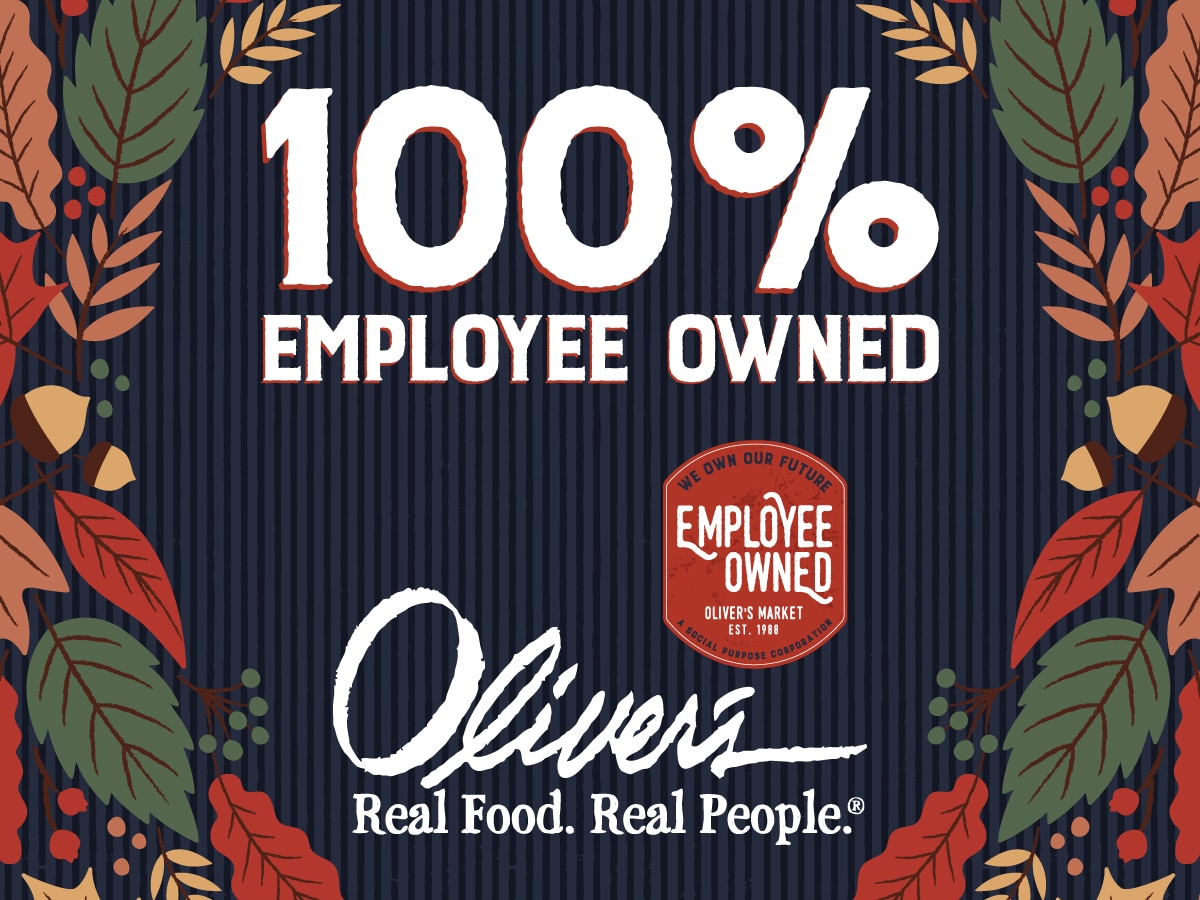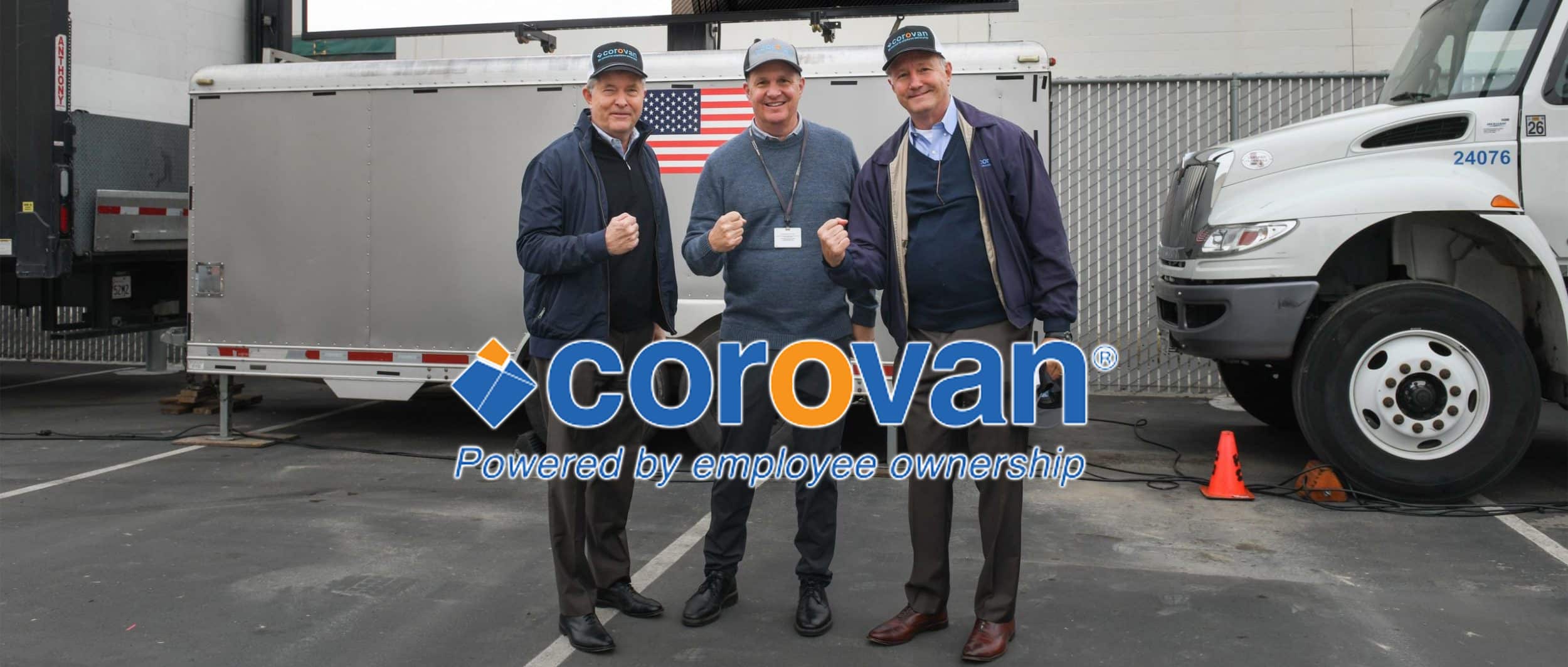By: John D. Menke
There are good reasons to consider selling your firm to your own employees through an Employee Stock Ownership Plan (ESOP). No other alternative combines maximum financial advantage with the flexibility that enables you to customize the sale to fit your own particular circumstances. An ESOP enables you to sell your business outright or gradually in installments. You can retain your executive role or delegate your responsibilities, freeing you up for family and leisure. An ESOP can be your ultimate exit strategy!
Let’s look at the conventional alternatives. What if you sell your business to a competitor or third party? That would require the disclosure of confidential financial and operating information, and would also involve an extensive due diligence process that would distract your executive and management team for many months during the process. Also, many of your key employees are likely to be laid off when your firm is integrated into the buyer firm or downsized to reduce costs
Apart from these operational and personal considerations, however, selling to an ESOP, in most cases, is the alternative that gives you the best financial return. Here’s why.
Cash Purchase Versus Seller Notes
Let’s assume that the value of your company is $10 million and you decide to sell it to a third party for all cash. After paying a combined federal and state capital gains tax of say 30% (assuming a zero basis), you would be left with net proceeds of $7 million, which your could reinvest in money market funds earning less than 1%, in bonds earning less than 4%, or in public stocks that historically earn 6% on the average over the long term.
In comparison, if you are a C corp. or switch to C corp. status, you could sell your stock to an ESOP and receive $10 million in seller notes, tax-free, and your seller notes could earn an all-in rate of return ranging from 13% to 20% or more. Similarly, if you are a S corp. or switch to S corp. status, you could sell your stock to an ESOP in exchange for $10 million in seller notes, pay the capital gains tax on the installment sale basis and earn an all-in rate of return on your seller notes ranging from 13% to 20% or more.
Now, let’s look at how these ESOP transactions would be structured.
C Corporation Transaction Structure
If your company is a C corporation, you may want to take advantage of the tax-free rollover provisions of Sec. 1042 of the Internal Revenue Code. The tax-free rollover provision enables you to avoid paying federal and state capital gains tax on the sale of your stock. To obtain this benefit, your company must be a C corporation, the ESOP must acquire at least 30% ownership, you must sell your shares directly to the ESOP, and you must invest a like amount of money in “qualified replacement property” within 12 months of the date of sale. The transaction would be structured as follows:
First, your company would obtain a $2 million bank term loan and an $8 million bank “day loan”. The company would then lend the entire $10 million to the ESOP in exchange for a note payable over a term of 15 or 20 years, together with interest at 4% per annum. (The purpose of making the term 15 to 20 years is to stretch out the allocation of shares to participants over many years so that stock will still be available for new participants). The ESOP would then purchase 100% of your stock for $10 million of cash.
You would use $1.5 million of this to purchase $10 million of floating rate ESOP bonds on margin in order to comply with Section 1042 of the Code.[1] You would keep $500,000 for personal needs and then lend the remaining $8 million back to your company in exchange for a 10 or 15 year promissory note. The company would then pay back the $8 million day loan from the bank.
You would now hold an $8 million promissory note from your company. This note would be subordinate to any existing bank loans. Nonetheless, it would have prepayment provisions that would allow accelerated repayment if loan covenants are met and if company cash flows permit.
The interest on your seller note will be taxable income. However, since you have met the requirements for tax-free rollover treatment, the principal payments on your note will be entirely tax-free. You may spend or invest these payments as you see fit. You can use them for living or retirement expenses, to pay down the margin loan, or to invest in stocks, bonds, real estate, or any other type of investment. In either case, there will be no tax consequences other than for taxes on any additional earnings or gains these new investments yield.
After the ESOP buys your stock, your company would then switch to S Corporation status to benefit from the ESOP tax shield. Since all of the stock would now be owned by the ESOP, all of the S corporation’s earnings would be attributable to the ESOP, which is a tax-exempt entity. Since all of the company’s earnings are now tax-exempt, the company will be able to repay your seller note much faster.
S Corporation Transaction Structure
But suppose you decide not to elect tax-free rollover treatment under Section 1042 of the Code. In this case, the transaction would be structured differently. If you are not electing tax-free rollover, it is no longer necessary to sell all of your stock directly to the ESOP. This in turn eliminates the need to obtain a bank “day loan”. Instead, the transaction would be structured as follows: First, your company would redeem 100% of your stock in exchange for a seller note payable over 10 to 15 years, but with prepayment provisions that would enable your note to be repaid much faster if company cash flows permit. Simultaneously, your company would sell part or all of these treasury shares to the ESOP in exchange for an ESOP note payable over 15 to 20 years. The purpose of making the ESOP note a long term note is to spread out the allocation of shares to participants over many years. This simultaneous stock redemption and sale of stock to the ESOP would leave the ESOP as the sole shareholder while you would hold a note for $10 million directly from your company. Since the stock would now be 100% owned by the ESOP, the company in effect becomes a tax-exempt entity.
Rate of Return on Fully-Priced Seller Notes
So far I have described the flow of funds, the term of the company loan, and the term of your seller note. Now comes the $64,000 question! What interest rate should be paid on your seller note? In the past, many sellers were willing to take a relatively modest rate of interest simply because they felt they had already enjoyed a substantial appreciation on their stock and because they feared the company would not be able to pay full-market rate interest. In effect, these seller notes were not fully priced. Rather, they were underpriced.
The reason that most seller notes are underpriced is this: seller notes are subordinated to existing bank lines of credit and typically are not secured by hard assets. A bank loan would carry a much lower interest rate, but banks don’t make unsecured loans.
There are, however, other institutions willing to make cash flow loans unsecured by hard assets. These are nonbank lenders, and the type of loans that these lenders make are called mezzanine loans. This term comes from the fact that mezzanine loans fall between pure equity and senior secured debt. Because mezzanine loans are unsecured and not collateralized by hard assets, they are far more risky than senior secured loans. On the other hand, debt instruments have priority over equity instruments, so they are not entitled to equity rates. The arms-length market rate typically earned on mezzanine loans today is about 16% per annum. Because ESOPs provide additional corporate cash flow as a result of tax savings, the adjusted internal rate of return on ESOP-related mezzanine loans is about 13% per annum.
Clearly, most companies cannot afford to pay 13% current interest, especially if the note represents more than 40% or 50% of the total purchase price. How then can a seller ever expect to earn 13% on his note? The answer is that a seller to an ESOP can earn a full-market rate of return the same way that private equity firms do. Step one is to collect a current rate of interest that is affordable out of current cash flows, i.e., typically 8% per annum. Step two is to take warrants to purchase common stock of your company that, upon exercise, will give you the difference between a 13% compound rate of return and the 8% interest that you have collected during the interim. (A warrant is an option to purchase common stock, except that warrants are issued in connection with a note or other debt instrument, whereas options are issued independently.) The warrant is designed to be exercised and repurchased by the company once your seller note has been fully repaid. In many cases, the company will need to borrow additional funds from its bank in order to cash out your warrant. Alternatively, the company can give you a new note in payment for the redemption price of the warrant.
The enhanced rate of return on your original seller note comes from two sources. First, as explained above, you get a fully-priced return rather than a below-market return. Second, the number of warrants that you receive assumes a strike price at the current market value and a sale price at the projected value as of the projected redemption date. If, in fact, the fair market value of the shares exceeds the projected value as of the redemption date, then you will receive a windfall, and your total rate of return will exceed 13% per annum. (Alternatively, if the fair market value of the shares is less than their projected value as of the redemption date, your total rate of return will be less than 13% per annum).
Case Example
Now that I have described how a seller note can be structured to earn a full-market rate of return, let’s look at a real-life example of what a full-market interest rate adds up to in dollars and cents. The following case was recently closed by Menke & Associates, Inc.
This California-based company was owned by a single shareholder. The business was appraised at $23.5 million. The owner received $5 million in cash financed with a bank loan and a 10 year seller note for the $18.5 million balance. The internal rate of return on his seller note was 13%, and the current-pay rate of interest was 8% per annum. The appraiser projected that the value of the company stock would, on average, increase at the rate of 6.9% per annum. Under these assumptions, the seller was granted warrants to purchase 11.2% of outstanding common stock of the company, exercisable at the end of 2025, the amount needed to give a full-market rate of return of 13% per annum. Assuming that the value of the company does in fact grow by 6.9% per annum, as projected, the seller will cash out his warrants at the end of 10 years for approximately $7 million.
The total amount that he will have received as a return on his $18.5 million seller note will be $11.5 million in current-pay interest and $7 million in payment for his warrants for a total of $18.5 million. Altogether he will have received $5 million of cash at closing, $18.5 million as a return of principal, and $18.5 million in interest and warrant payments for a total amount of $42 million. This is probably far more than he would have received had he sold his company to a competitor or to a third party and reinvested the proceeds in publicly-held stocks or bonds.
Conclusion
Company owners are increasingly realizing that selling to any ESOP in exchange for a fully-priced seller note is often a far better strategy than selling to a competitor or third party. Seller notes can and should earn a quasi-equity rate of return. Covenants can be built into seller notes to provide additional protections and remedies in the event of an economic downturn. Shares can be sold to the ESOP tax-free. And the ESOP can repay the debt with tax-exempt dollars. Clearly, selling your stock to an ESOP could be your smartest move.
[1]Section 1042 of the Code requires that you purchase “qualified replacement securities” in an amount equal to the dollar amount of the transaction within 12 months of the date of sale. Clearly, if you are lending $8 million back to your company, you won’t have $10 million in hand with which to purchase replacement securities. Fortunately, many Fortune 500 companies have issued 30 year “floating rate” ESOP bonds that can be used for this purpose. These bonds can be purchased “on margin” with as little as 15% down. Once purchased, the interest earned on these bonds will pay for the interest expense on the margin amount such that these bonds will carry themselves indefinitely with only minimal margin calls, if any, over the terms of these bonds.







